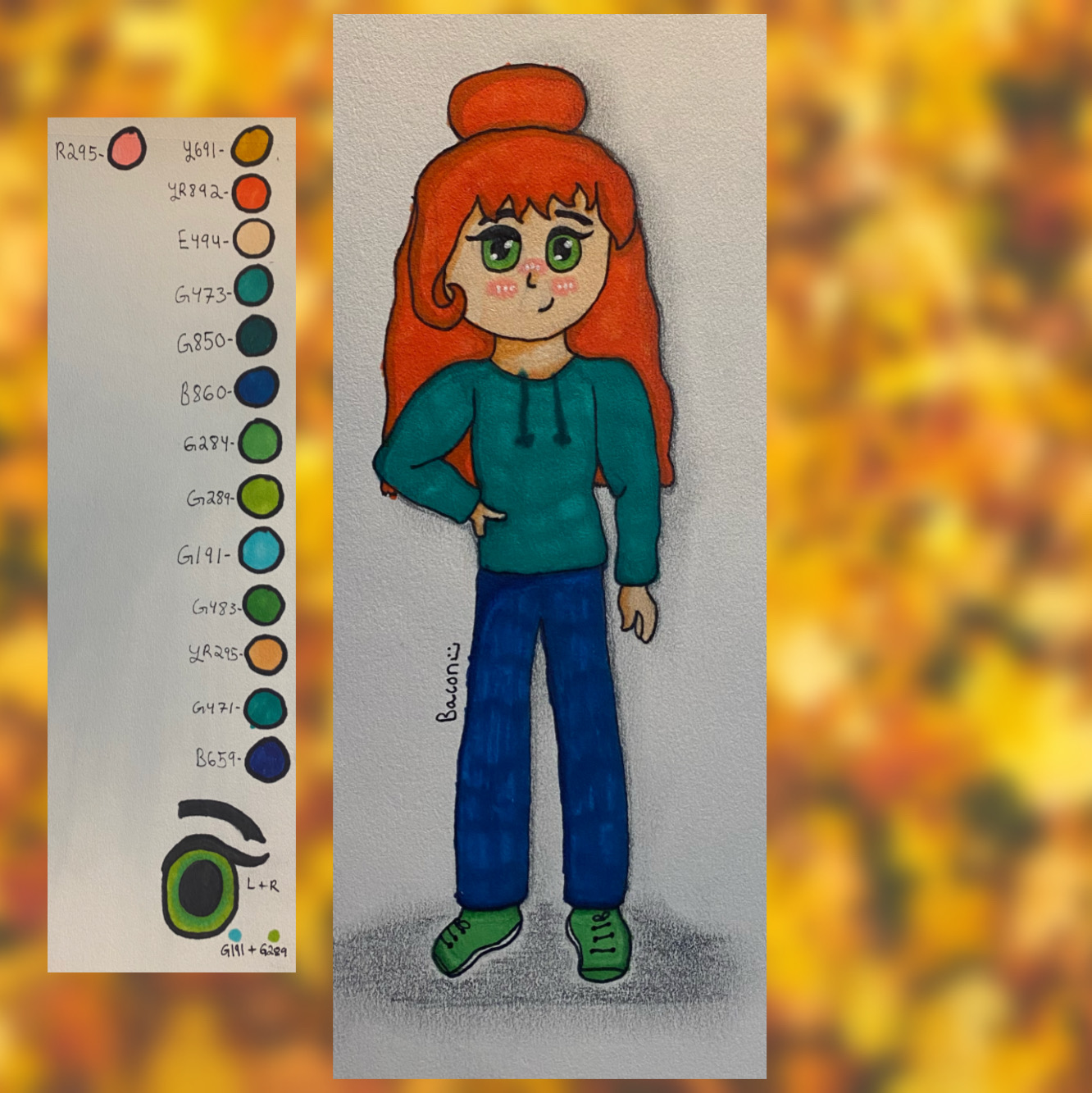Paint Mesmerizing Shades of Sunset
Paint a sunset scene using watercolors or tempera, learning to mix warm hues, blend gradients, and layer silhouettes of trees or birds.



Step-by-step guide to Paint Mesmerizing Shades of Sunset
How to Paint a Beautiful Sunset | Step-by-Step Acrylic Tutorial"
Step 1
Clear a flat workspace and cover it with scrap paper or a towel to protect the table.
Step 2
Use masking tape to tape the edges of your paper down so it stays flat and gets a clean border.
Step 3
Put small amounts of warm colors like red orange yellow pink and purple onto your palette or paper plate.
Step 4
Fill a cup with clean water and place a paper towel nearby for dabbing your brush.
Step 5
On a scrap piece of paper mix small test shades of warm colors to find bright oranges and soft pinks you like.
Step 6
If you chose watercolors lightly wet the top half of your painting paper with a clean brush; if you chose tempera keep the paper dry.
Step 7
Load a large brush with the darkest warm color and paint a horizontal band across the top of the paper.
Step 8
Choose a slightly lighter color and paint a second horizontal band below the first band.
Step 9
Gently blend the meeting edge between the two bands with a clean damp brush using soft horizontal strokes.
Step 10
Repeat painting lighter bands and blending each edge downward until the sky area is filled with a smooth gradient.
Step 11
Let the painted sky dry until it is no longer tacky to the touch.
Step 12
Use black paint or a black marker to draw simple silhouettes of trees or flying birds along the horizon line.
Step 13
Carefully peel off the masking tape to reveal a clean border for your sunset painting.
Step 14
Share your finished sunset creation on DIY.org
Final steps
You're almost there! Complete all the steps, bring your creation to life, post it, and conquer the challenge!


Help!?
What can we use if we don't have masking tape or a palette?
If you don't have masking tape use painter's tape or low-tack washi tape to tape the paper edges and use a paper plate, yogurt lid, or aluminum foil as a palette for your red, orange, yellow, pink, and purple paints.
My colors look muddy or won't blend—what should I do during the blending step?
For muddy or unblended bands gently rinse and wring your clean brush and rework the 'gently blend the meeting edge' step with soft horizontal strokes while the paint is still damp, or blot excess paint on the paper towel to avoid over-saturation.
How can we adapt this sunset activity for younger or older kids?
For younger children use tempera, big brushes or fingerpainting and paint single bold bands without blending, while older kids can use watercolors, finer brushes, more subtle gradients, and paint intricate silhouettes of trees or flying birds.
How can we enhance or personalize the finished sunset painting?
Personalize your piece by sprinkling salt on wet watercolor bands for texture, adding metallic or white gouache highlights along the horizon, or painting a reflective water band below the sky while keeping the clean taped border.
Watch videos on how to Paint Mesmerizing Shades of Sunset
How to PAINT a Sunset Lake STEP by STEP Acrylic Painting for Beginners
Facts about painting and color mixing for kids
🔥 Mixing a tiny bit of blue or purple into bright orange will mute it and create richer, more natural sunset tones.
🐦 Silhouettes are powerful: a simple V-shaped bird or rounded tree shape makes a scene feel alive without adding intricate detail.
🎨 Sir Isaac Newton helped popularize the color wheel, which shows why warm colors (reds, oranges, yellows) sit next to each other and blend easily.
🌅 Sunsets often look redder and more dramatic when tiny particles in the air scatter blue light away—great excuse to layer deep reds and oranges!
🖌️ Watercolors usually dry lighter than they look when wet—so test a swatch or paint slightly stronger than your target color.
How do I guide my child to paint mesmerizing shades of sunset?
What materials do I need to paint a sunset scene with kids?
What ages is a sunset painting activity suitable for?
What are the benefits of painting sunsets and how can I vary the project?


One subscription, many ways to play and learn.
Only $6.99 after trial. No credit card required



